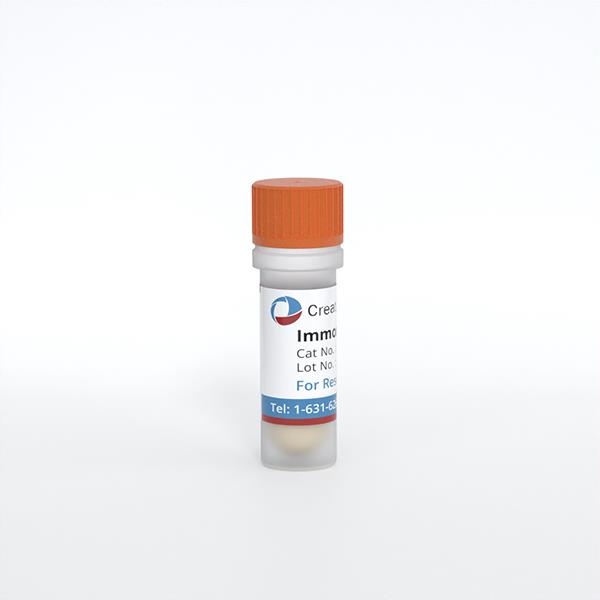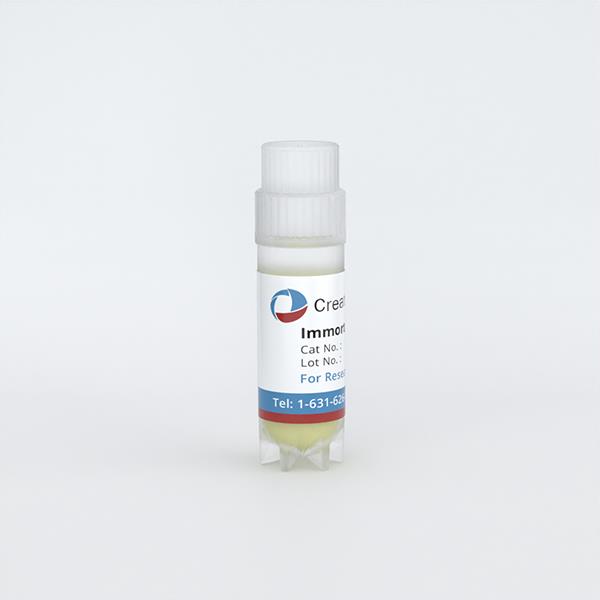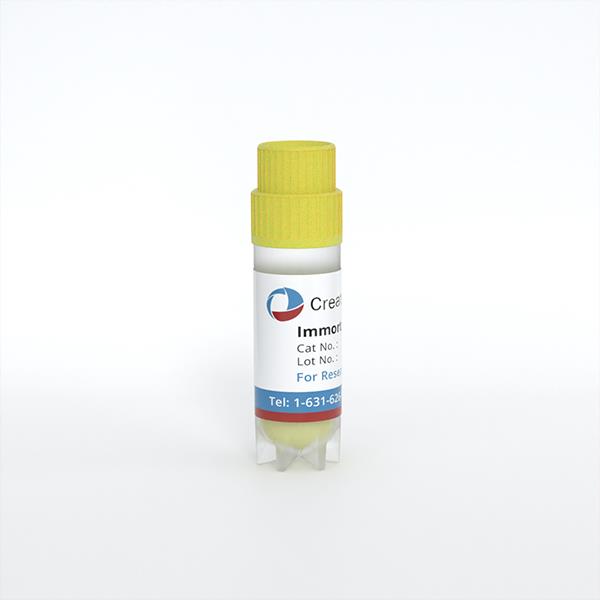
Immortalized Human Cord Blood Mesenchymal Stromal Cells with RFP (cbMSC-hTERT-RFP)
Cat.No.: CSC-I9210L
Species: Homo sapiens
Source: Umbilical cord blood
Morphology: Fibroblast-like
Culture Properties: Adherent
- Specification
- Q & A
- Customer Review
Cat.No.
CSC-I9210L
Description
Owing to its multiple differentiation abilities, the Mesenchymal stromal cells (MSCs) holds the promise in tissue engineering and regenerative medicine, and displays important clinical potential for cell therapy. The Immortalized Human Cord Blood Mesenchymal Stromal Cells with RFP (cbMSC-hTERT-RFP) retains MSC specific surface markers (CD29, CD73, CD105, CD44 and HLA-ABC) as well as its differentiation capacities into cells of the mesodermal lineage, such as osteoblasts and adipocytes. Karyotype analysis and CGH analysis show no chromosomal abnormality nor genomic deletion or amplifications. In addition, transplantation of cbMSC-hTERT-RFP into the rat model with TBI demonstrates that these cells are readily attracted to the injury area and thus provides a valuable cell-based tool forin vivostem cell research and translational study.
Species
Homo sapiens
Source
Umbilical cord blood
Culture Properties
Adherent
Morphology
Fibroblast-like
Immortalization Method
Serial passaging and transfection with Human Telomerase Reverse Transcriptase (hTERT) expression vector pGRN145
Markers
CD90, CD34, CD44, CD45, CD166, CD117,CD73, CD105, CK18 and CK19
Application
For Research Use Only
Storage
Directly and immediately transfer cells from dry ice to liquid nitrogen upon receiving and keep the cells in liquid nitrogen until cell culture needed for experiments.
Note: Never can cells be kept at -20 °C.
Note: Never can cells be kept at -20 °C.
Shipping
Dry Ice.
Recommended Products
CIK-HT003 HT® Lenti-SV40T Immortalization Kit
CIK-HT013 HT® Lenti-hTERT Immortalization Kit
CIK-HT013 HT® Lenti-hTERT Immortalization Kit
Quality Control
1) RT-PCR was used to confirm the expression of the hTERT transgene in the immortalized cells;
2) TRAP assay was performed to determine the telomerase activity;
3) Flow cytometry was used to detect surface markers such as CD29, CD73, CD105, CD44 and HLA-ABC;
4) G-banding was used for karyotype analysis;
5) Tumuorigenicity assay was performed to evaluate the cells’ tumorigenic potential.
2) TRAP assay was performed to determine the telomerase activity;
3) Flow cytometry was used to detect surface markers such as CD29, CD73, CD105, CD44 and HLA-ABC;
4) G-banding was used for karyotype analysis;
5) Tumuorigenicity assay was performed to evaluate the cells’ tumorigenic potential.
BioSafety Level
II
Citation Guidance
If you use this products in your scientific publication, it should be cited in the publication as: Creative Bioarray cat no.
If your paper has been published, please click here
to submit the PubMed ID of your paper to get a coupon.
Ask a Question
Write your own review
Related Products
Featured Products
- Adipose Tissue-Derived Stem Cells
- Human Neurons
- Mouse Probe
- Whole Chromosome Painting Probes
- Hepatic Cells
- Renal Cells
- In Vitro ADME Kits
- Tissue Microarray
- Tissue Blocks
- Tissue Sections
- FFPE Cell Pellet
- Probe
- Centromere Probes
- Telomere Probes
- Satellite Enumeration Probes
- Subtelomere Specific Probes
- Bacterial Probes
- ISH/FISH Probes
- Exosome Isolation Kit
- Human Adult Stem Cells
- Mouse Stem Cells
- iPSCs
- Mouse Embryonic Stem Cells
- iPSC Differentiation Kits
- Mesenchymal Stem Cells
- Immortalized Human Cells
- Immortalized Murine Cells
- Cell Immortalization Kit
- Adipose Cells
- Cardiac Cells
- Dermal Cells
- Epidermal Cells
- Peripheral Blood Mononuclear Cells
- Umbilical Cord Cells
- Monkey Primary Cells
- Mouse Primary Cells
- Breast Tumor Cells
- Colorectal Tumor Cells
- Esophageal Tumor Cells
- Lung Tumor Cells
- Leukemia/Lymphoma/Myeloma Cells
- Ovarian Tumor Cells
- Pancreatic Tumor Cells
- Mouse Tumor Cells
Hot Products

